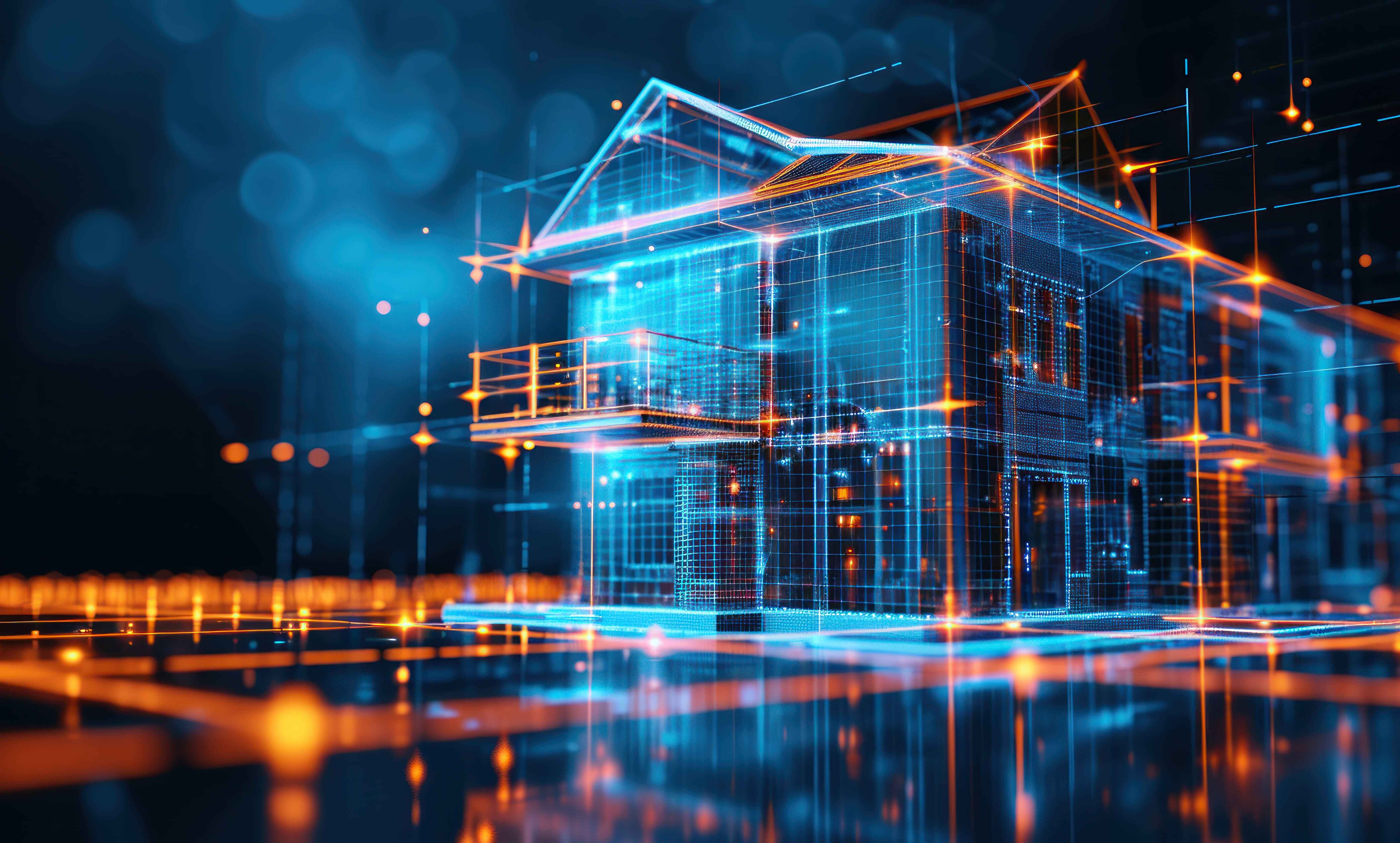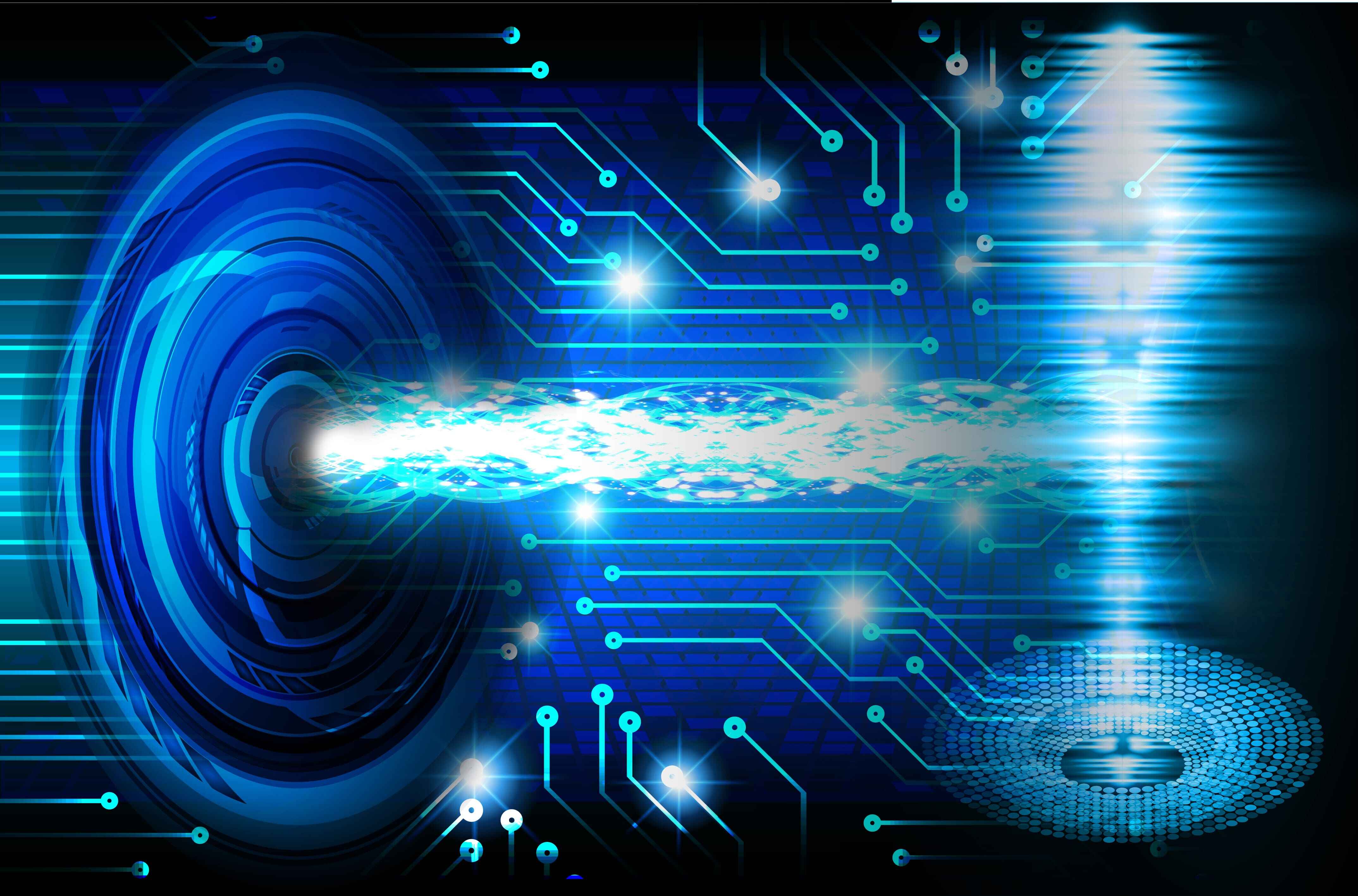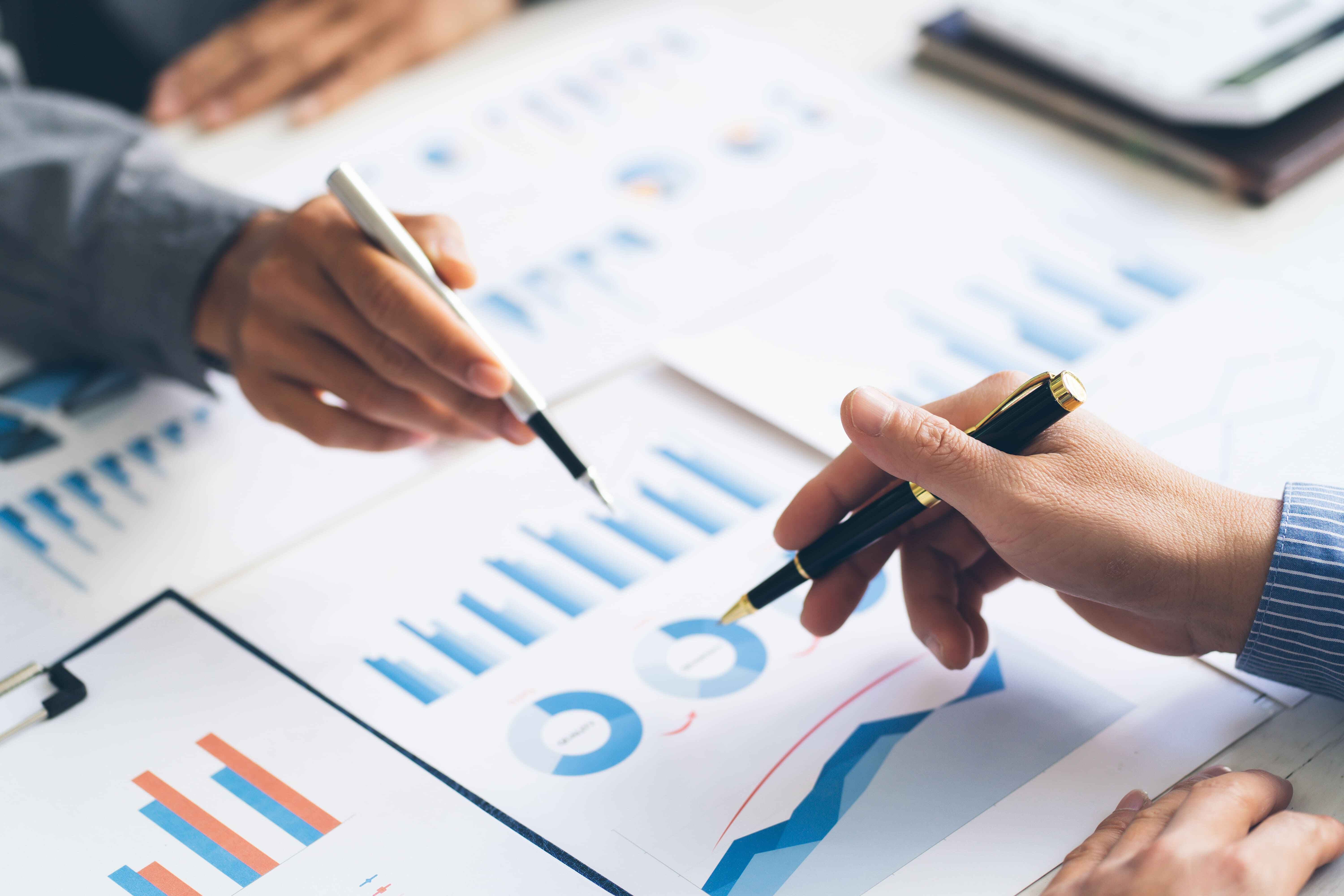
What is a Digital Twin?
A digital twin is a virtual representation of a physical product, system, or process. This technology has witnessed rapid advancements due to the evolution of Artificial Intelligence (AI), Machine Learning (ML), and the Internet of Things (IoT). The concept of digital twins gained significant attention after Gartner recognized it as one of the top 10 strategic technology trends for 2017. According to their forecast, billions of objects will have digital counterparts, functioning as dynamic software models that reflect real-world conditions.
By merging physical and digital realms, digital twins help analyze real-time data, predict future scenarios, minimize human and technical errors, and optimize performance. This proactive approach reduces downtime and enhances innovation, making digital twins a crucial tool for design, testing, and maintenance across industries.
How Does a Digital Twin Work?
The process begins with experts studying the physics and behavior of a physical entity to create an accurate simulation in a virtual environment. This digital model is continuously updated using real-time sensor data, capturing the performance, operating conditions, and potential challenges faced by the physical object.
As engineers refine and enhance the physical system, the digital twin mirrors these improvements, ensuring synchronization between the real and virtual versions. The sophistication of a digital twin depends on the volume and accuracy of the data it processes. It integrates IoT, AI, ML, and advanced analytics to evolve dynamically alongside its real-world counterpart.
Essentially, a digital twin is an intelligent 3D simulation tool that undergoes various virtual testing scenarios before real-world deployment. This predictive capability helps businesses identify design flaws, maintenance needs, and optimization opportunities before they arise.
Key Applications of Digital Twin Technology
Each human being has a unique genetic makeup, which is why one-size-fits-all medications may not be effective for everyone. With digital twin technology, researchers can replicate human organs digitally and use AI-driven simulations to predict how a patient’s body will react to specific treatments.
To minimize maintenance costs and improve operational efficiency, aerospace firms are integrating digital twins into aircraft monitoring and predictive maintenance. This ensures minimal unplanned downtime and extends the lifespan of aircraft components.
The automotive industry benefits extensively from digital twin technology, which plays a role throughout a vehicle’s design, production, operation, and maintenance phases.
Digital Twin and IoT: A Powerful Combination
IoT sensors play a crucial role in enabling digital twins by feeding real-world data into the simulation. As IoT devices become more compact and efficient, digital twins will become applicable to smaller objects and broader industrial use cases.
According to Gartner, nearly two-thirds of enterprises are expected to integrate digital twins into their IoT strategies within a year.
The Future of Digital Twin Technology
Several tech giants, including IBM, Microsoft, Siemens, and GE, are actively investing in digital twin solutions. Market analysis suggests that the industry will experience exponential growth, with projections indicating a surge from $599.4 million in 2014 to an estimated $35 billion by 2025.
According to PRNewswire, by 2025, nearly 89% of IoT platforms will incorporate digital twin capabilities. Furthermore, digital twins are expected to become a standard feature for IoT applications by 2027.
This technology has limitless possibilities, from smart city planning to disease modeling, and even predicting potential AI threats (if that day ever comes!). The integration of AI and digital twins will continue to reshape industries, breaking traditional limitations and unlocking new frontiers.





